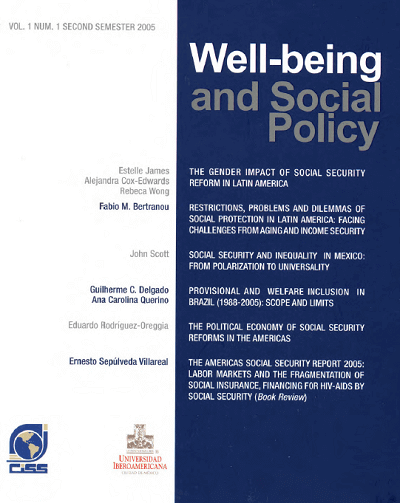
The article documents the failure of social security in Mexico as an instrument of social protection and evaluates possible reform strategies. It analyses the truncated coverage of these systems for the most vulnerable, the regressive incidence and horizontal inequities of public social security subsidies, and the consequences for old-age poverty and inequalities in basic health opportunities. It considers reforms to transit from the current polarized system to a system of basic universal protection, and it presents estimates of the costs and incidence of net benefits from a universal pension and health insurance. It proposes a transition from a model centered in a mandatory contributive component (pillar 2) of ample benefits and limited coverage, to one centered on a basic, non contributive, universal component (pillar 1), complemented by a voluntary contributive component (pillar 3).
